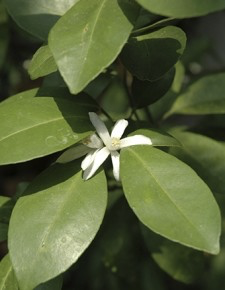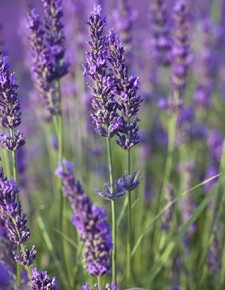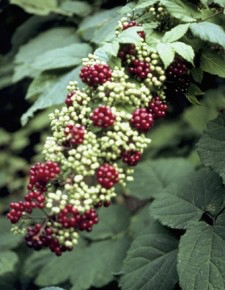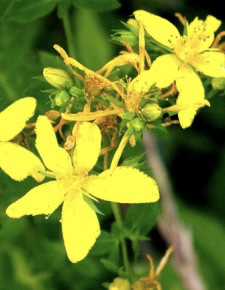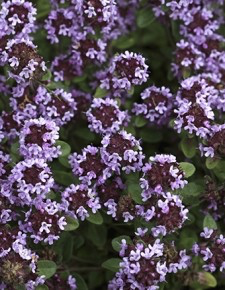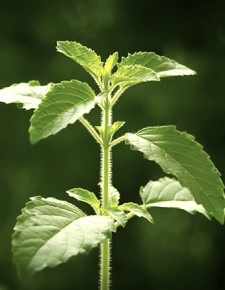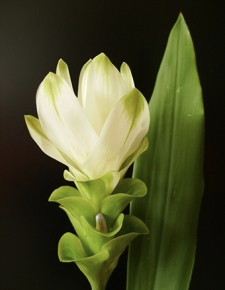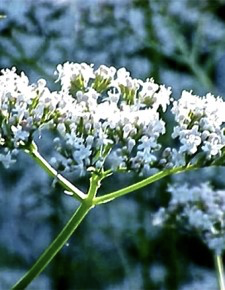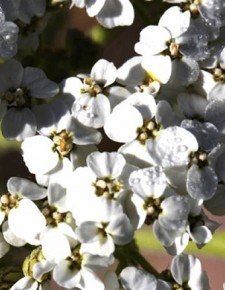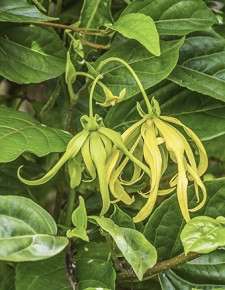Day 18 of 30-day Challenge

Remember to continue the other items we started: (Day 1) LongLife Vitality Supplements, Zendocrine Capsules, (Day 2) a drop of lemon or grapefruit in a glass of water and Curbing Cravings Tea, (Day 3) evening detox bath, (Day 4) Morning Liver Flush drink, (Day 5) De-Stress time, (Day 6) Using Geranium and a nice Foot Soak, (Day 7) adding TerraZyme & Rosemary Essential Oil to help support our digestive system, (Day 8) Remove sugar from snacks, (Day 9) Remove gluten, (Day10) GX Assist gel caps, (Day 11) Use detox lotion, (Day 12) Using skin smoothing oil, (Day 13) Change up the Apple Cider Drink from Day 1, (Day 14) adding more whole food into our diet, (Day 15 & 16) adding more low carb recipes, (Day 17) how oils work.
Today, I want to talk about sources of the oils we are using for these oils. It is interesting to note that the chelating activity of essential oils based off of phenology is becoming of greater interest to scientists. Phenology, the study of periodic plant and animal life cycle events, discusses how plant compounds are influenced by seasonal variations in climate, as well as habitat factors such as elevation.
Research on thyme oil suggests that the flowering & vegetative phases does not affect the metal chelating activity of the essential oil, whereas the geographical location do. The metal chelating activity of the essential oils was assessed and compared to synthetic EDTA (a medical intervention used to treat lead poisoning).
In 2015, the Journal of Essential Oil Research published a study showing how the chemical composition and iron chelating activity of Ruta chalepensis L. (Rutaceae) essential oil is influenced by phenological stages and plant organs. Essential oils were extracted by hydrodistillation from different organs (flowers, leaves and stems) and analyzed.
Results also showed that a significant differences of chelating activity was affected by the actual plant organs. The lowest chelating activity, for example, was measured in the leaves, by contrast, the highest chelating activity was found in the stems and the flowers at the flowering stage.
Once again, this reinforces the importance of knowing where your oils come from.
Tips on How to Detox with Essential Oils
There are several ways to detox with essential oils, and safety should be a top concern. Meaning this, you don’t want to drink several drops of essential oils in water every morning because you see something on Pinterest! Seriously, I see this stuff all the time and it’s ludicrous.
We must remember that essential oils are powerful substances and need to be handled with care. They are also powerful detoxifying agent and can help your you flush out toxins and cleanse the skin and oral cavity. These are some effective ways to regularly enjoy the detoxifying power of oils:
- Regular detox baths 2-3x per week.
- Taking my immune boosting supplements.
- Daily diffusion and stress reduction.
- 3-5% dilution detox message. 3% = 9 drops of EO per tablespoon of carrier oil. 5% = 15 drops
- To enhance your lemon juice + water detox morning ritual, add 1 drop of lemon oil 2-3x per week.
- For a special 1-week detox, add 1 drop of lemongrass + 1 drop of clove + 1 drop of rosemary into a gel capsule and take with water every morning for 7 days straight. Be sure not to do this for prolonged periods of time as resistance may develop.
For all serious conditions related to toxic overload or heavy metal detoxification, it’s not likely that essential oils alone can “cure” you. It would be best to work with a detox specialist that can prescribe a customized protocol to help your body heal itself.
Special Note About Essential Oil Detox Reactions
Finally, it’s super important to note that your skin should NOT break out in hives when using essential oils safely and effectively. You’ll see ludicrous claims in the blogosphere claiming that inflammatory responses breaking out in hives, pain and other signs of damage are “natural.” Nothing that hurts is natural! Please remember this.
The 4 Cardinal Signs of Inflammation are the body’s way of saying, “No! Stop hurting me!” Or, “Check under the hood, something is wrong!” Discontinue use immediately f you use essential oils and suffer from any of these: swelling, redness, itching and pain.

